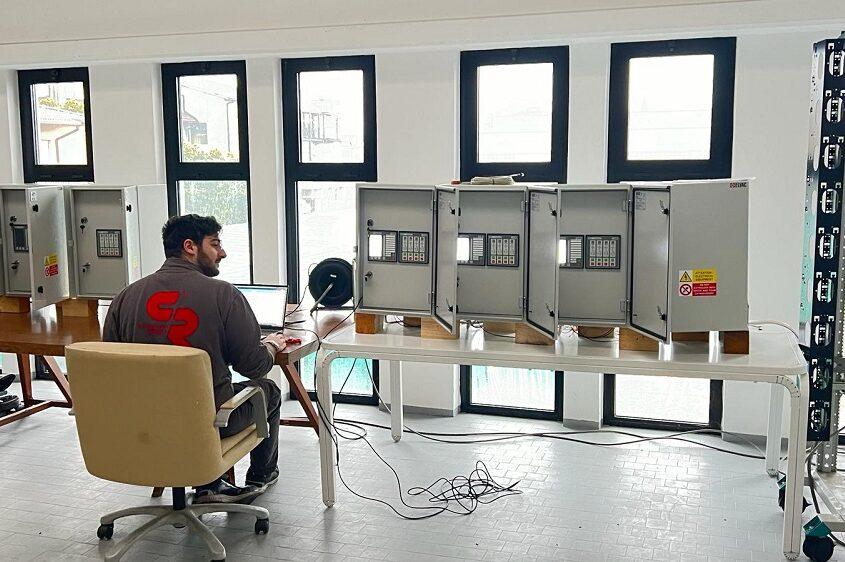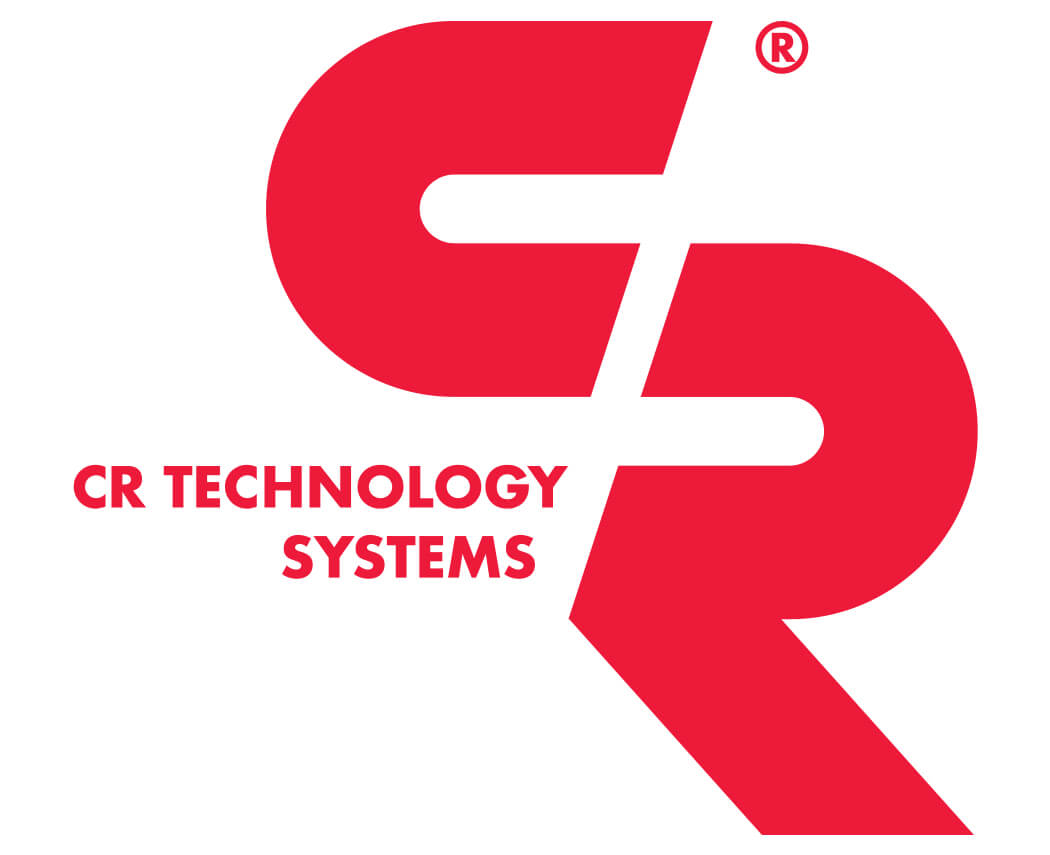Our team has recently completed an ambitious project includes the installation of a series of high-tech electrical components. Among these, we are proud to announce the implementation of n. 10 medium-voltage ATR-Ring switchgear cubicles 24kV 630A 16kA and n. 7 ATR-Ring 36kV 630A 16kA, designed and installed by our team to ensure high reliability and safety in the distribution of electrical power.
In addition, we have integrated RTU panels, adding an advanced level of monitoring and control to the electrical substation. This technology not only improves the efficiency of operation but also represents a step forward in the modernization of the energy infrastructure.
Our commitment and expertise in completing this project demonstrate our ability to tackle technical and logistical challenges on a global scale. We are proud to have contributed, in our small way, to the progress of energy access in the region and to have provided a reliable and sustainable solution for the electrical energy needs.
For this project, we have studied customized solutions and integreted technologically advanced devices that guarantee a seamless and automated functioning of the plant. Specifically, ATS and SHG ensure the continuous electricity supply and fault detection.
ATS
An Automatic Transfer Switch (ATS) is a self-acting, intelligent power switching device governed by dedicated control logic. Its principal purpose is to ensure the continuous delivery of electrical power from one of two power sources to a connected load circuit (like electrical equipment – lights, motors, computers, etc.).
The ATS automatically switches the power supply from the primary source to a backup source in the event of a power outage or voltage drop. It is commonly used in situations where uninterrupted power supply is critical, such as in data centers, hospitals, and critical infrastructure facilities.
Having an ATS installed with the solar-powered home ensures the client get continuous power without the need to manually switch from solar to the grid or vice versa.
SHG
A Self-Healing Grid is a smart network that uses sensing, control, and communication technology to allow real-time troubleshooting for unforeseen events. It’s designed to automatically detect a fault in the shortest time, isolate it from the system, and feed healthy parts of the system on a different path. This set of automatic activities that occur after a fault occurrence to achieve these goals is called self-healing.
Self-healing usually consists of three steps: fault location, isolation, and system restoration (FLISR). The large number of lines, branches, and equipment of the distribution network can complicate this process.
One common problem with the current grid is that damage in one area can lead to damages in another. This problem would be eliminated due to the quick activation of circuit breakers to isolate the problem and prevent other lines from being damaged. This use of computers to send corrective actions and open circuit breakers allows for minimal damages from power surges.
The self-healing grid is essential to improving the grid stability which would further improve its reliability. It’s also seen as a key function of smart grids to keep away the electric grid from critical conditions in normal operation as well as to automatically fault diagnosis, clearance, and system restoration after fault occurrence.
In our solution, all of this feature are implemented in only one device through our new RTU panel.
Seen the success of this work, we are now dealing for a new and larger electrical plant.

